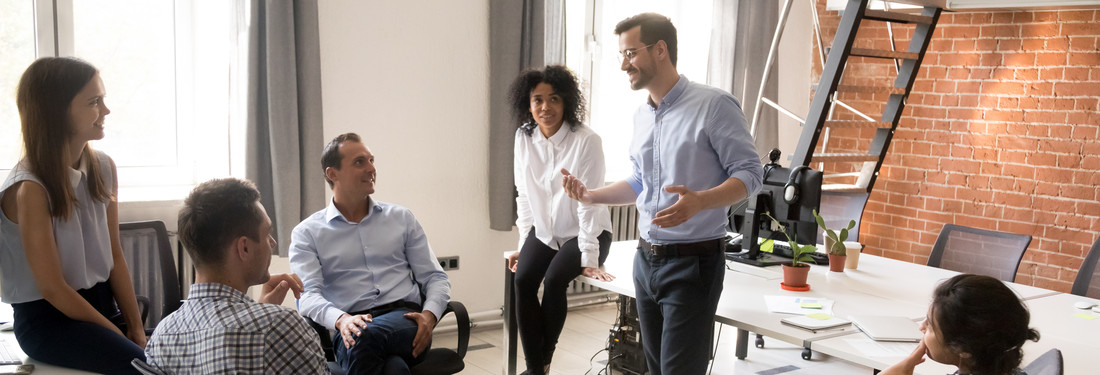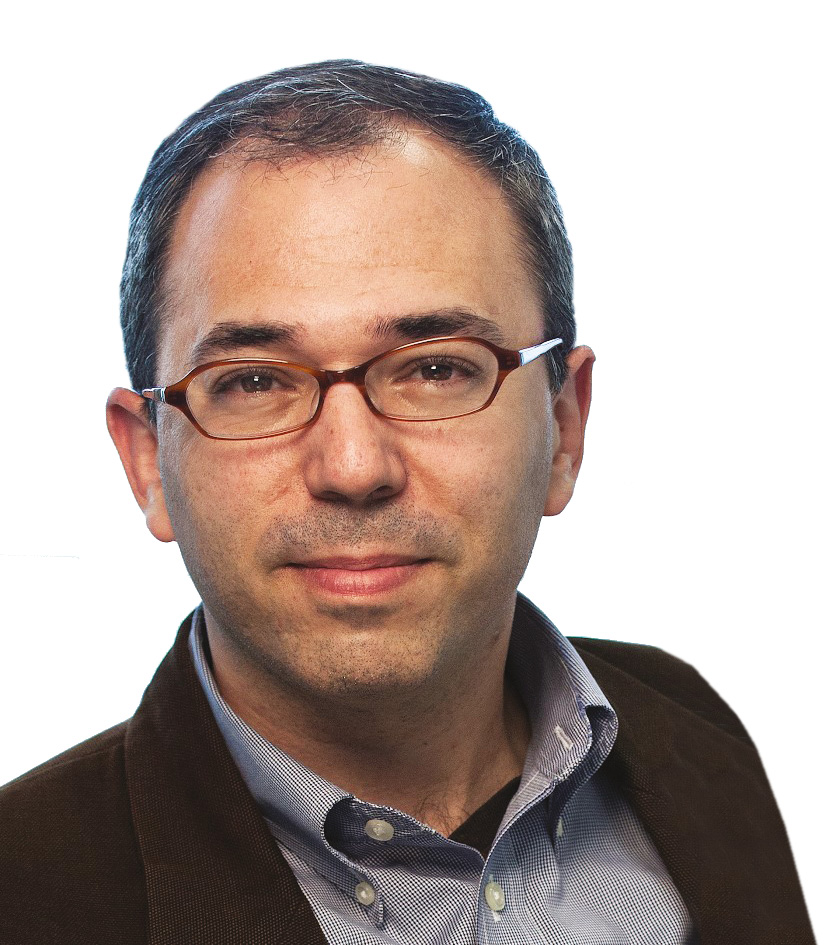Why you need to embrace counterfactual thinking, cognitive foraging and diversity

We make decisions every day, but we’re often told we’re not very good at it. Psychologists have documented countless ways that people fail to decide well, victims of such classic mental shortcomings as confirmation bias, loss aversion and so on. Daniel Kahneman, the Nobel laureate and pioneer in decision biases, warns of the wild variation in our decisions, or ‘noise’, that undermines our judgements. So troubling is this that many people want to delegate decision-making to algorithms, artificial intelligence (AI) and seemingly unbiased machines.
However, both the AI proponents and the human-fault-finding behavioural economists are victims of their own narrow view of the situation. By focusing on flaws in the act of deciding, they lose sight of humans’ amazing cognitive abilities in how we size up the decisions in the first place. A special human ability takes place before the actual choice: our strengths of coming up with alternative options. Instead of focusing on where people get it wrong, we should celebrate, and improve, where we get it right.
How frames help us make better decisions
Humans are framers: our minds work with mental models, or representations of reality, that we can manipulate. Framing is something we do all the time, though we’re rarely conscious of it. However, we can turn this basic feature of cognition into a powerful tool to elicit better options than the obvious and conventional ones.
These mental models let us envision things for which only scarce data exist or that are simply impossible to observe. They help us fill in the blanks and extrapolate beyond the situation we are in. It empowers us to greatly improve our menu of options. Machines can’t do that.
Hence, the ability of people to create better outcomes for themselves is not focused where it should be. Instead of worrying about doing a better job at making the final decision, we need to improve how we broaden the range of options from which to choose. It is something we can practise and get better at, just as we all can run, but with training we can become winning sprinters.
Framing is a cognitive muscle we all possess. If humanity is to tackle its toughest societal challenges, we need to frame issues well or reframe them all together, eliciting the best new choices, not just reducing the bias and noise around the narrow decisions before us.
Three strategies to tap the power of framing
1. Counterfactual thinking
Counterfactual thinking is considering the world as it could be, not as it is. It’s asking ‘what if?’ questions, not willy-nilly, but in a thoughtfully structured way. Mental models let us imagine alternatives in a way AI and algorithms cannot. We train our ability when we read novels, become absorbed in a movie and move through a video game. It is a cognitive superpower.
Data is always retrospective; imagination is prospective. Counterfactual thinking is a precursor for action, a vital part of our preparation to make decisions. Great leaders build cultures that encourage people to ask ‘what if?’ questions and envision how things might be different.
2. Cognitive foraging
Cognitive foraging is the act of deliberately and actively seeking out different sorts of information from far outside our normal fare, for no immediately practical purpose other than because knowing something about the topic is enriching. Doing this exposes us to a wide variety of frames and experiences that we might someday find useful when we want to adapt a frame to a given circumstance or embrace a new frame.
The benefits are not just for information breadth, but social variety too. Research shows that executives with ties from outside their normal circle enjoy more seniority, faster promotions, higher salaries, heftier raises and so on.
3. Embracing diversity
Diversity is not about virtue signalling. It’s about hard-nosed pragmatism. Groups and organisations that invite variation and difference into their activities perform better than those that don’t. It’s like the roulette wheel in Las Vegas, where you have a better chance to win by spreading your bets, or like capitalism, where the natural experiment of many ideas can find optimal solutions.
Tapping numerous ideas for what may work is better than relying on just one or two strategies. It doesn’t happen by itself and it’s not easy: diversity causes friction. But it can be channelled in a healthy way.
The role of leaders
There is an imperative to become better framers. The world suffers from a narrowing of ideas in the public sphere, while creative friction, pluralism and the freedom to frame are ebbing. This puts the onus on leaders to create an environment where people feel able to frame the world as their mind’s eye sees it.
Good framing leads to more options, better decisions and winning outcomes. It is the way we innovate and addresses our most pressing challenges – if we are bold enough to take them on as framers.
You may also be interested in


0 comments
Log in to post a comment, or create an account if you don't have one already.